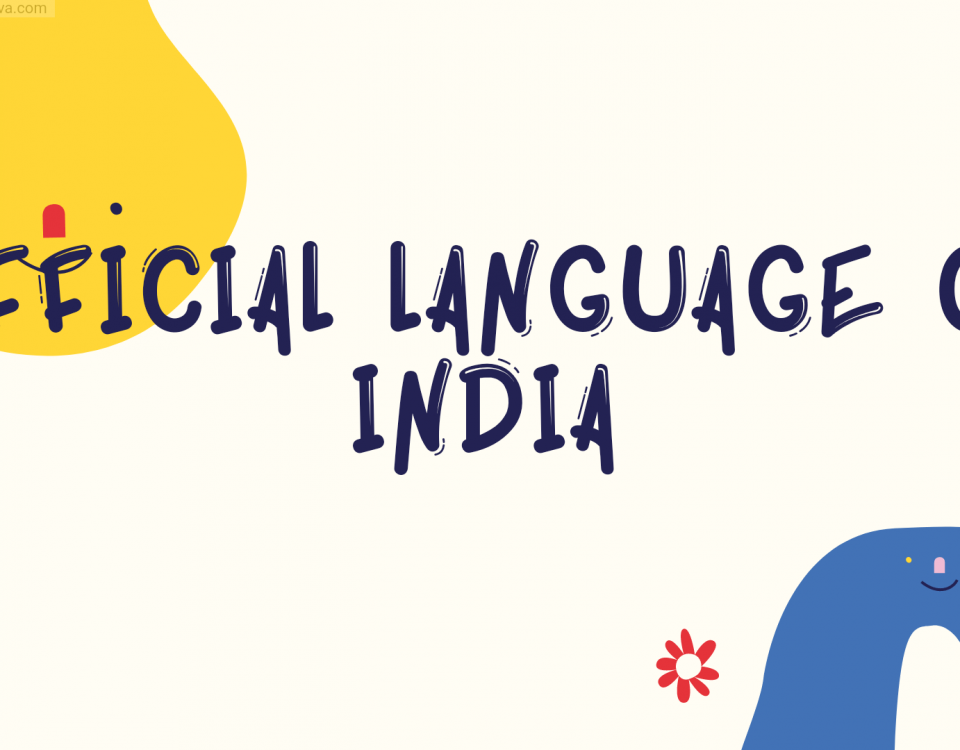- Terakoya Multi Language Solution
- +91-7296993101
- +91-8395863101
- languagesolution11@gmail.com
Translation and localization: What’s the difference? [2024]
In today’s globalized world, every other business or sector aspires to capture not just the market in their domestic country, but also the large market and prospective consumers located all over the world.
The conventional method of engaging with people by having only one website in their preferred language is wonderful, but in order to develop true connections that lead to conversions and build relationships, you’ll also need translation and localization.
Translation or localization services are commonly used for communication with the local language. Many individuals misunderstand the two phrases and assume translation and localization to be synonymous; it is usual for a marketer to be ignorant of the distinctions.
Translation Services In India
What Are Translation Services?
Translation services are a part of the initial stage in the process of localization. It entails substituting words from the source language with terms from the target language without changing the sense of the phrase. This procedure is too concerned with grammar and syntax. While keeping the context in mind, translated writing should have the same style and tone as the original.
What Are Localization Services?
Localization services are a more difficult process than translating. It entails tailoring your material to the culture and customs of the target locality. Localization is not just about translating text from one language to another, but also about refining your message so that it adapts to the cultural peculiarities of a certain place. This can imply modifications to not just words, but also metaphors, names, visuals, forms, and other elements.
Localization may be abbreviated to L10n in some commercial settings. The “10” denotes the ten letters that separate the word’s beginning letter, “L,” from its last letter, “n.“
In a crux, The purpose of localization is to provide a product or service that provides an overall perception that it was designed expressly for them.
Translation VS Localization: What is the difference?
Consider localization to be a catch-all term for translation as part of a bigger whole. Although translation and localization serve similar purposes, there are significant differences between them. Understanding what distinguishes these terms, methods, and services allows you to grow the reach of your business more rapidly and economically.
The main difference between translation and localization is that localization expands the process by factoring for ethnic norms. Localization may help with cultural expectations, which is especially important when it comes to successfully launching leisure material, goods, or an ad campaign in a new market.
Another method of localization is layout modification. Arabic, Hebrew, and other languages read from right to left, but English reads from left to right. Our content would need to be flipped so that the copy, images, as well as other content elements moved in the right direction.
A quick example
Let’s use a sentence in American english to be converted for Indians having Hindi as their native language.
5 pounds of wheat will cost around $2 and will be delivered to you on 12/12/2022
Here is the translation in the Hindi Language without localization
5 पाउंड गेहूं की कीमत लगभग $2 होगी और आपको 12/12/2022 को डिलीवर किया जाएगा
However, you should be aware that it is being translated for individuals in India who use a different metric system and whose currency is Rupees rather than US dollars.
Localizing this information for an Indian audience that speaks Hindi as their first language entails taking these variables into account, such that the ultimate result is:
2.26 किलो गेहू की कीमत लगभग 164 रुपए होगी जिसकी डिलीवरी आपको 12/12/2022 तक मिलेगी
The preceding translation will only work for Indians who speak Hindi as their first language; if you wish to target Indians who speak Punjabi or another language as their first language, you must localize the material properly.
Website Translation Services
The act of converting your website’s original language, typically word-for-word, into other languages making it accessible and useable to global customers is known as website translation. Currently, website translation services are in trend in the world because no one wants to lose their customers globally due to language barriers. Everyone wants to find customers globally and build relations that will lead their business to a peak level. At Terakoya Multi-Language Solutions, we offer human translation services at a very affordable rate. If you are interested then kindly order here!
Website Localization Services
Website localization services entail more than a simple literal translation. It comprises fine-tuning website content via culture, dialect, and flow in order to provide the most valuable and relevant experience possible to consumers. Localization considers local language dialects and adapts all website material for local or regional consumption. The localization process modifies the language and website elements to appeal to the linguistic and cultural preferences of the target clients.
Interpreter Services In India
Importance of Website Localization
Localization is intriguing because, when executed perfectly, you are unaware of it. Localization gives the impression that the website was created specifically for you.
Website localization services assist your business and product in reaching out to worldwide potential clients by changing and customizing the material in a way that serves and directly affects the client in the target location.
The adaption of symbolic meanings of visuals such as photographs, movies, emoticons, and so on will be part of the process.
For example, never mention beef when localizing for a nation where cows are respected. Localization services took all of this into account and conducted an extensive study before changing the information into any text or form.
Some Of Our Popular Articles on Translations
| Best Translation (Professional) Services In India | Translator Vs Interpreter – Similarities and Differences Between Translation and Interpretation | The Oldest Language In the World |







